

Damion Smy
Toyota exporting US-built cars to Japan after Trump criticism
1 Day Ago

Senior Contributor
A largely Australian-developed new-generation Ford Ranger Raptor using mostly stock components blitzed the iconic Baja 1000 off-road race over the weekend.
Granted, the event’s ‘Stock Midsize’ category comprised one entrant, but from a promotional and marketing perspective – which is sort of a key point to this exercise – it’s the finish that counts. A full results rundown is here.
The Ranger Raptor Baja racer used the road version’s 3.0-litre twin-turbo petrol V6 – fed by a lower-carbon biofuel – 10-speed automatic transmission, driveline, and suspension.

Ford claims it traversed hundreds of miles of desert terrain “with only basic maintenance and system checks” alongside the refuel stops.
“This is the Baja 1000, one of the toughest off-road races in the world,” said Ford Performance Motorsports global director Mark Rushbrook. “It’s a key proving ground for… our vehicles to earn the badge of Raptor.”
“This effort has been a global effort for Ford Performance from the beginning, with Ford Australia having done the design and initial development signoff, then shipping it to the States and working with all of our partners to pool all available resources…”
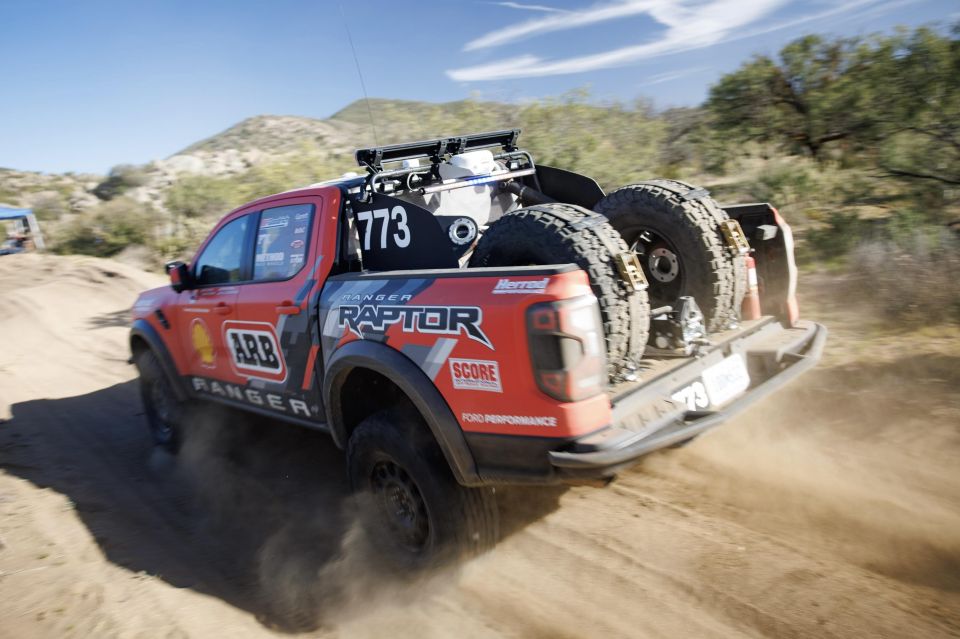
Background
“The Baja 1000 is known around the world as one of the toughest off-road races on the planet,” said Ford Performance engineering manager in Australia Justin Capicchiano.
Working within the rules of the ‘Stock Mid-Size’ class, modifications to the Raptor Baja racer were limited to vehicle and crew safety items, wheels, tyres, driving and safety lights, underbody and vehicle protection, and the 160L fuel tank fitted into the tray.
Brake discs and callipers were also standard but high-temperature brake pads were fitted, and it used DOT4 racing brake fluid. The airbags and active cruise control were disabled.
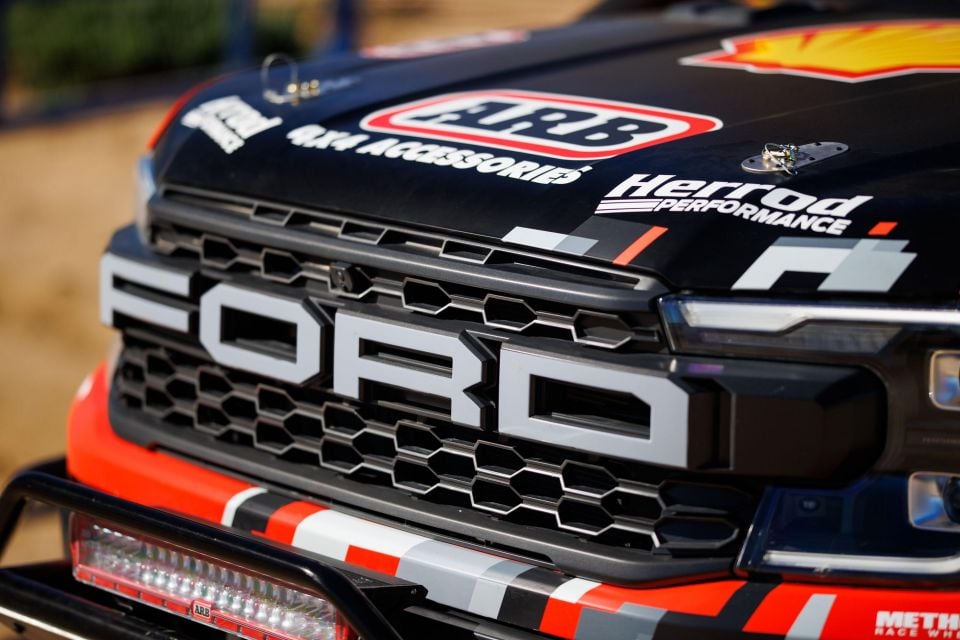
The Ranger Raptor Baja racer was powered by a Shell biofuel blend which consists of more than 30 per cent sustainably sourced bio components.
Given the Ranger global development program is led by Ford Australia, it made sense that the Baja racer received extensive local input. Ford Performance worked with Kelly Racing on the project over a 10-week period, and the vehicle remained right-hand drive.
“I’d heard the stories about this Ranger Raptor, but it wasn’t until I got my hands on it and drove the thing that I realised just how impressive it is,” said Kelly Racing team principal (and V8 Supercar veteran) Todd Kelly ahead of the race.

“The powertrain, the chassis, the suspension have been built to do Baja, so all we had to do was work within the rules of the class and fit the cage, the fuel system, and safety gear.
“I was lucky enough to do a lot of the driving during the shakedown testing in the Outback and I was completely blown away with how capable the truck is out of the box. I was finding that I was pushing it as hard as I could across dunes and along rutted tracks and yet the truck still felt like it had heaps left to give.”
Off-Road Motorsports Hall of Famer Brad Lovell, who runs one of Ford Performance’s off-road racing teams, was brought in to further develop the race Raptor in the US and to be one of the drivers in the Baja race.

“The truck was built by Kelly Racing in Australia, arrived on a plane in California and we headed straight to Johnson Valley for testing with final prep support from our good friends at Huseman Engineering,” he said ahead of the event.
“All the guys who drove it were impressed with it but being right-hand- drive we all needed a little reprogramming for what it’s like to be driving on the other side of the truck and not smoke the opposite side against the rocks.”
As well as Lovell, the race-prepared Ranger Raptor was driven by Baja veterans Loren Healy and Jason Hutter. Also sharing the cockpit was the father and son team of Andy and Danny Brown from listed Australian off-road accessories giant (and Ford partner) ARB.
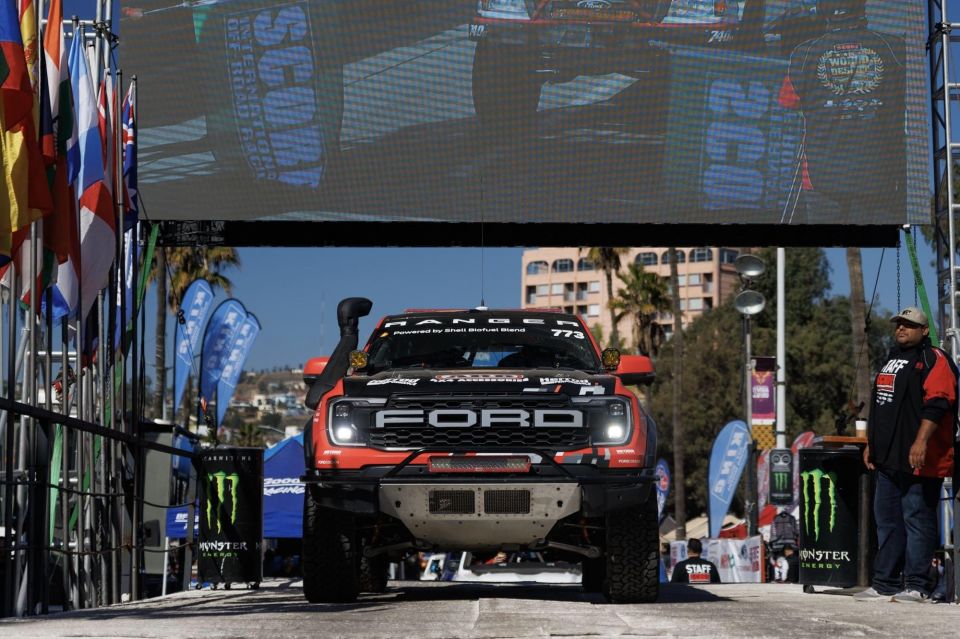
Ford Ranger Raptor Baja 1000 racer key specs
Powertrain
Wheels, tyres and suspension
Off-road protection
Exterior
Interior
Safety
MORE: MORE: Australia-developed Ford Ranger Raptor taking on Baja 1000 MORE: Ford Ranger Raptor – Everything you need to know MORE: 2023 Ford Ranger Raptor review
Where expert car reviews meet expert car buying – CarExpert gives you trusted advice, personalised service and real savings on your next new car.


Damion Smy
1 Day Ago
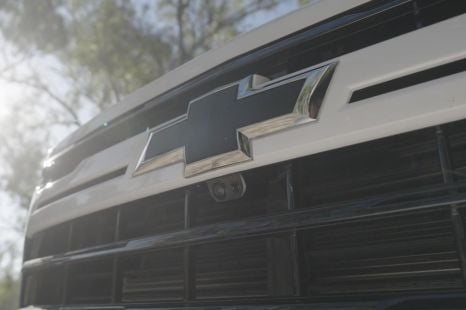

Ben Zachariah
3 Days Ago


James Wong
9 Days Ago
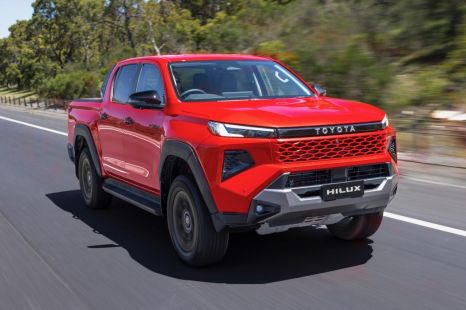

Ben Zachariah
10 Days Ago
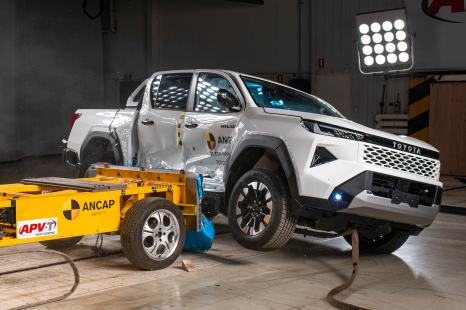

William Stopford
10 Days Ago


William Stopford
10 Days Ago